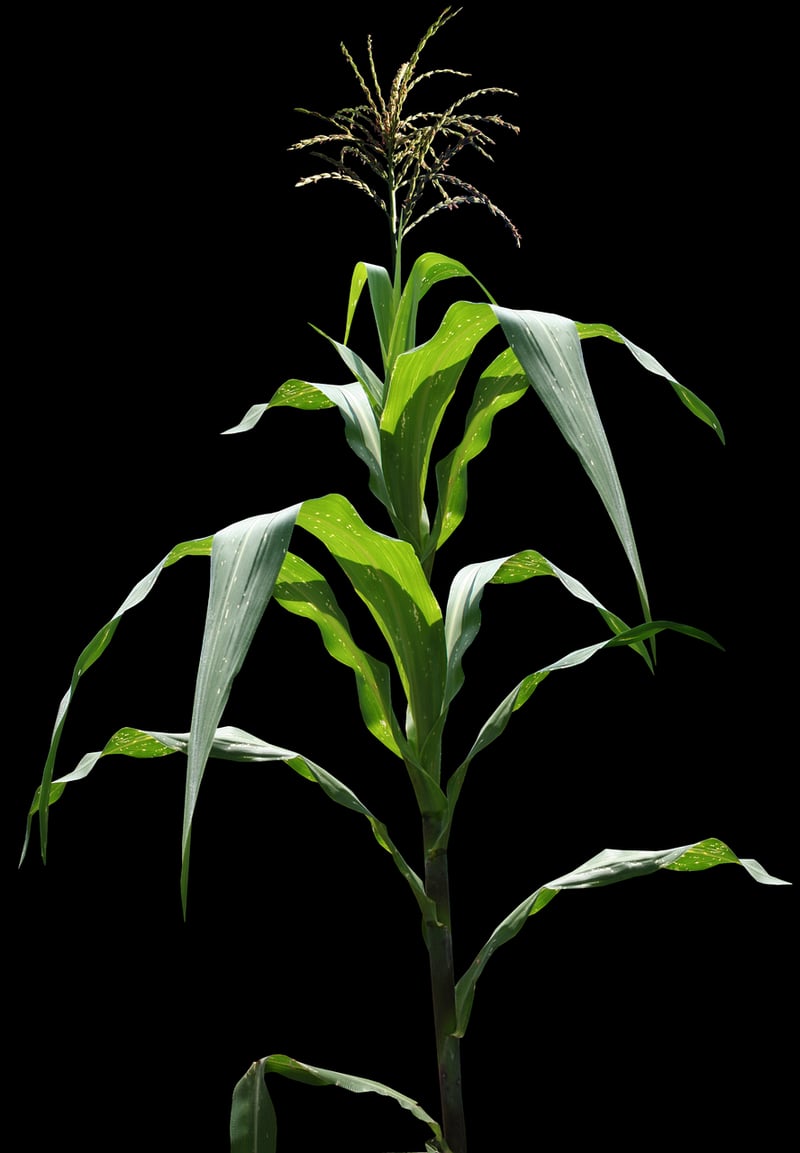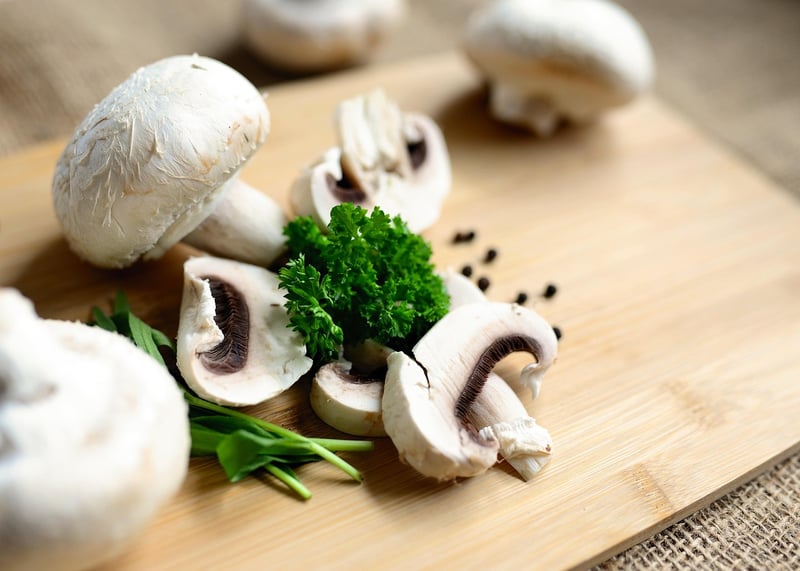Edible Options
Choosing Plants Wisely: Edible Options for Your Garden
When it comes to gardening, selecting the right plants is crucial for a successful and bountiful harvest. Not only do you want your garden to be visually appealing, but choosing edible options can also provide you with fresh produce right at your fingertips. Here are some tips on how to choose plants wisely, focusing on edible options for your garden.
1. Consider Your Climate and Growing Conditions
Before selecting any plants, it's essential to understand your local climate and growing conditions. Some plants thrive in specific climates, while others may require more care and attention. Choose plants that are well-suited to your region to ensure they grow successfully and produce a good yield.
2. Opt for Low-Maintenance Edibles
If you're new to gardening or have limited time to dedicate to your garden, opt for low-maintenance edible plants. Herbs like mint, basil, and rosemary are easy to grow and require minimal care. Additionally, vegetables like tomatoes, peppers, and lettuce are also relatively low-maintenance and perfect for beginners.
3. Mix in Perennial Edibles
Consider incorporating perennial edible plants into your garden. Perennials come back year after year, reducing the need for replanting. Options like strawberries, rhubarb, and asparagus are not only delicious but also provide a continuous harvest season after season.
4. Grow a Variety of Edibles
Diversify your garden by growing a variety of edible plants. This not only adds visual interest but also ensures you have a range of fresh produce to enjoy. Mix in different types of herbs, fruits, and vegetables to create a well-rounded and productive garden.
5. Utilize Vertical Space
Make the most of your garden space by utilizing vertical gardening techniques. Grow climbing plants like cucumbers, beans, and peas on trellises or fences to maximize space and increase your yield. Vertical gardening is a great way to grow more edibles in a limited area.
6. Embrace Companion Planting
Consider companion planting in your garden to benefit your edible plants. Some plants naturally complement each other, providing pest control, improved growth, and better flavor. For example, planting basil near tomatoes can enhance the flavor of the tomatoes and deter pests.
7. Don't Forget Edible Flowers
Expand your edible garden by including flowers that are not only beautiful but also edible. Flowers like nasturtiums, calendula, and lavender can add color to your garden and be used in salads, teas, or as garnishes. Edible flowers are a delightful addition to any garden.
By choosing plants wisely and focusing on edible options, you can create a garden that is both beautiful and productive. Whether you're a seasoned gardener or just starting, incorporating edible plants into your garden can be a rewarding experience. Enjoy the process of growing your own food and savoring the fruits of your labor!

Remember to have fun, experiment with different plants, and enjoy the benefits of having fresh, homegrown produce right outside your door.
Happy gardening!
